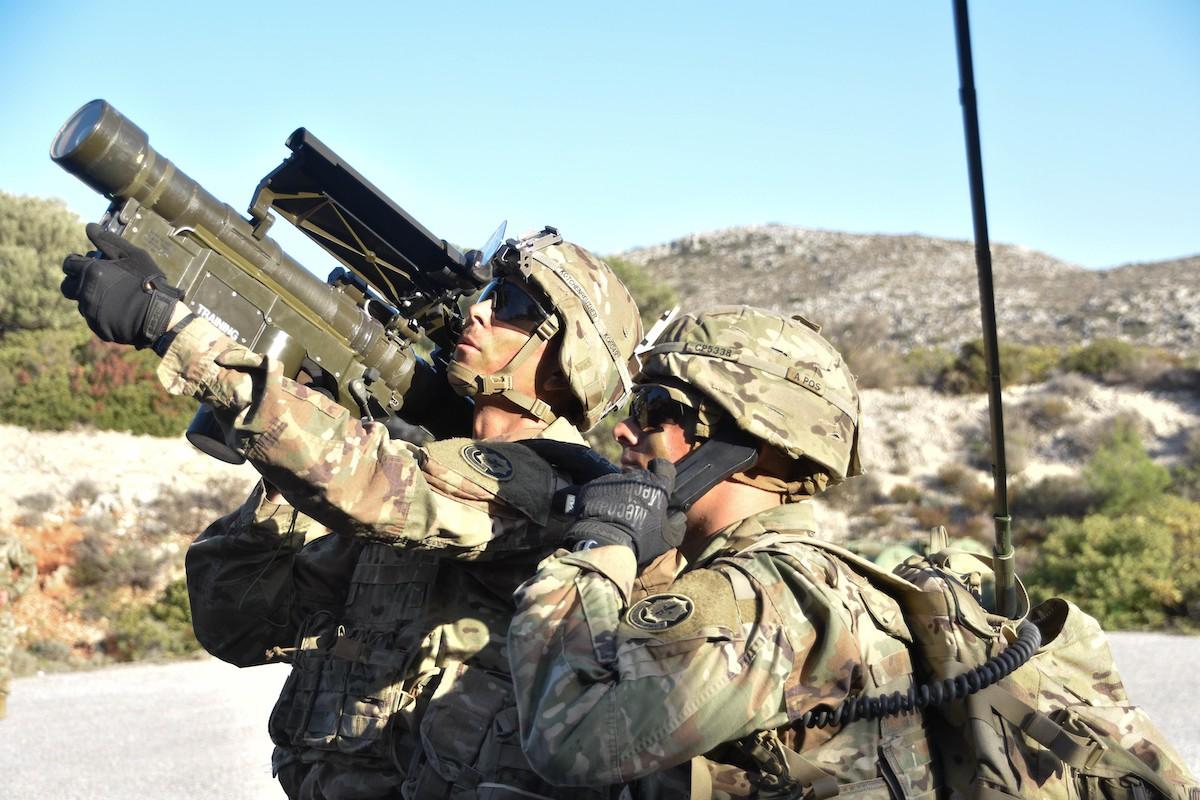
FARNBOROUGH—A demand surge by NATO members and Ukraine for munitions may outlast the short length of previous upticks in orders for bombs and missiles, a top Raytheon executive says.
“There seems to be a commitment to [building] magazine depth,” said Wes Kremer, president of Raytheon Missiles and Defense. “We believe it’s not going to be a big spike, and then it will go away.”
Speaking to reporters on July 19 at the Farnborough Airshow, Kremer cited the late-June NATO summit in Madrid, where members committed to addressing a thin stockpile of military munitions.
The lack of such magazine depth for precision weaponry has been exposed by the response to the Russian invasion of Ukraine. A torrent of weapons sent to Ukraine by NATO members has generated a backlog of demand for several key systems, including Raytheon’s shoulder-fired, anti-aircraft Stinger and ground-launched anti-tank Javelin missiles.
The Stinger, in particular, faces a shortage of replenishment capacity. Raytheon is in the process of standing up a new production system for the 1970s-era missile, but faces the technical problem of using modern equipment to produce electronics designed more than 40 years ago, Kremer said.
Another way Raytheon is planning to address industrial capacity shortfalls amidst a potentially prolonged surge is to adapt its supply chain strategy.
For many years, U.S. defense contractors have prioritized winner-take-all contracts with a single supplier for munition components, such as the motor, seeker and guidance systems. Raytheon is now looking for ways to add second sources for such major components, Kremer said. At the time, Raytheon will check to see if both suppliers do not rely on a common source for their own subcomponents, Kremer said.
As the new strategy is phased in, Raytheon plans to seek out suppliers outside the U.S. to add redundancy, Kremer said. The international relationships help to win deals with host governments, but also reduce the risk of secondary suppliers sharing common sub-components, he added.

